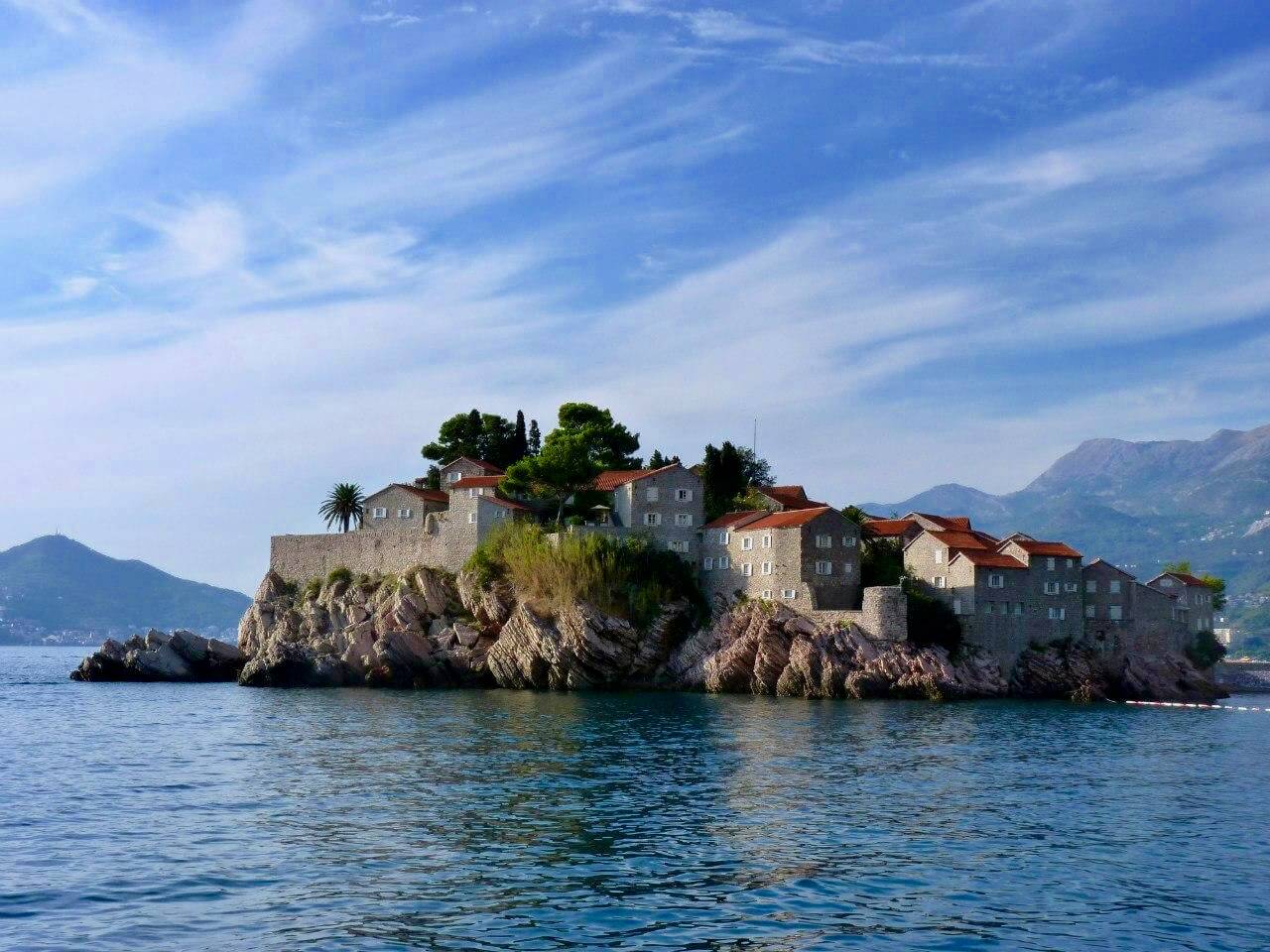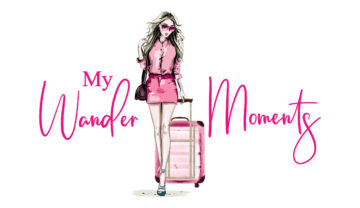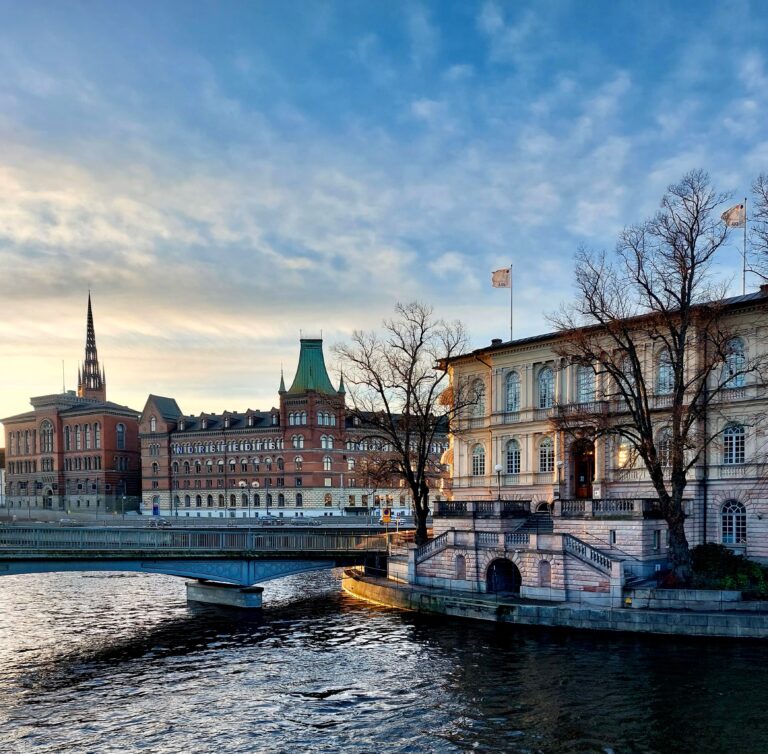The Ultimate Guide to Your First Trip to Europe

{{This post might contain affiliate links. If you use any of these links to buy a product, I will earn a small commission at no additional cost to you}}. Read my full disclosure for more details.
|Updated on January,31,2025|
Planning a first trip to Europe is an exciting endeavor, but it can quickly become overwhelming if you’re not careful.
How much will this all cost? What countries should you visit? How should you travel between destinations? How much time do you want to spend in Europe? These are all important questions, but they can quickly make planning traveling to Europe for the first time feel overwhelming. Take a deep breath and tackle it step by step. Here’s a Europe travel guide to help you make the most of your trip!
If you’re planning your first trip to Europe, don’t set your itinerary in stone—things can change along the way. Planning should be an exciting and enjoyable experience! The following essential tips will help you maximize your time and avoid unnecessary stress.
The Ultimate Guide to Your First Trip to Europe
1. Check Visa Requirements

Most likely, you’ll need a visa to enter Europe, and it can take time to prepare all the necessary documents, schedule an interview, and receive the approval. For some destinations, it may take 5 to 10 days, but for others, it can take longer.
Therefore, it’s best to start the visa process as early as possible if you plan to visit Europe.
Before you go, you’ll need to make reservations for your hostels or hotels, book tickets, and purchase travel insurance (you won’t be able to travel without it). Your trip itinerary is important not only for you but also for the visa process. If you’re traveling with a family member, ensure they meet the visa requirements as well.
Tip and a requirement: DO NOT MAKE A PERMANENT RESERVATION BEFORE YOU APPROVED FOR VISA.
Many companies offer temporary reservations specifically when applying for a visa. But, unfortunately, they still charge a small fee, which is non-refundable.
One way to save on fees is to make only ticket reservations. This allows you to book hotels for free on any of the sites you typically use. I always use hotels.com and hostels.com to book my accommodation. One way to save on fees is to make only ticket reservations. This allows you to book hotels for free on any of the sites you typically use, like hotels.com and hostels.com. Insurance is also required, and I always buy it on Insubuy (they offer the best plans and providers). I also make a hostel reservation with a free cancellation policy, then book through a third-party agency (usually costing around $20-$30).
2. Do Your Research About the Destination
First time traveling to Europe can feel like stepping into a whole new world, so take your time to plan your dream trip. As you map out your Europe itinerary, thorough research is key! Many iconic attractions require tickets to be purchased in advance. In addition to booking tickets for must-see sights and events, understanding how to travel Europe—including train routes and transportation options—will help make your trip smooth and stress-free.
Trains are a great way to travel in Europe, and you can use them nationally and internationally. Popular destinations, such as major cities, are perfectly connected by trains and buses, and train travel in Europe is very popular.
Don’t underestimate the travel time between cities. Here is a list of things to study before your trip. By doing so, you will be able to maximize your time and money while abroad:
1.Check train schedules between regions in Europe you want to visit.
2. Buy tickets in advance for popular attractions
3. See what hotels that are within walking distance of some of the sites you want to see
4. Research local currencies. Try to pay in the local currency to get the best deals on products
Make sure that you know your options for traveling between countries and cities. You want to have a balance of planes and trains in order to maximize your time and funds in Europe since there is a lot you will want to see.
When abroad, many places accept credit cards, and some cities will get the American dollar. However, please note that there will often be a conversion fee when you are not paying in the local currency. Therefore, paying in the local currency is another opportunity to maximize your funding.
Finally, evaluate quality over luxury when it comes to your accommodations. Ensure you are assessing where you can stay within walking distance of the sites you want to see. Check to see if hotels are offering complimentary breakfast or concierge services that may help you during your time of stay.
Doing adequate research will help you allocate the right budget for your trip. For example, you can find affordable restaurants with delicious meals, discover discounted travel options, and even find vacation package deals!
3. Don’t Try to Go Everywhere at Once

There are so many European cities worth exploring, but you can’t visit them all at once! If you’re planning your first time trip to Europe, be mindful of your itinerary. By visiting too many cities in a short amount of time, you’ll miss the chance to truly experience each city’s culture and character. In addition, a lot of your time will be spent traveling to Europe for the first time between cities, which can make the trip feel rushed.
Narrowing down the cities you visit lets you maximize your time in each place. Some of the most memorable moments come when you have the chance to explore a local street or visit a fresh farmer’s market and enjoy a picnic on the lawn.
Plan to spend a couple of days in each destination, focusing on major cities that are easy to travel between. This will help you plan your first time Europe itineraries more effectively and make the most of your time. The more time you have in each place, the more you’ll be able to truly experience it. Check out some great first time traveling to Europe itinerary options to help you get started.
First-Time Europe Itineraries
One-Week Europe Trip
On a 7-day trip, consider visiting the following cities:
Option 1: Travel the urban streets of London, enjoy the romantic ambiance and the Eiffel Tower in Paris, and indulge in the delicious treats of Brussels
Option 2: Soak in the sun on the Amalfi Coast of Italy, and drink high-quality wine while strolling through the streets of Rome
Option 3: Venture through the winding hills of Ireland, and explore the diverse terrain of Iceland
Option 4: See the iconic views of Cinque Terre, and relax on the many patios across Florence.
Check out Things to do in Barcelona.
10 Days in Europe
On a 10-day European trip, consider visiting the following cities:
Option 1: Exploring the streets of Amsterdam, seeing the flowers across the Netherlands, and sightseeing across the historic landmarks in Brussels
Option 2: Drink a beer at a festival in Germany, explore the diverse architecture of Hungary, and make your way through Vienna, Austria.
Option 3: Explore the mountain ranges of Switzerland, see the old architecture of Austria, and wind through the wine countries with a trip to Italy.
Option 4: Expand your knowledge of the Scandinavian culture of Denmark, make your way through the dense forests of Sweden, and view the vast mountain ranges of Norway.
Option 5: Hop around the vibrant cities of Spain, explore the famous attractions parading across France, and be captivated by the Mediterranean Sea off the coast of Monaco.
14-Day European Itinerary
On a 14-day trip to Europe, consider visiting the following cities:
Option 1: See the Iberian sites of Lisbon, travel the culturally rich streets of Madrid, and enjoy the culinary delights of Barcelona.
Option 2: Hike through the mountains of Switzerland, enjoy the historical stories of Munich, and take a cooking course in Tuscany.
Option 3: Capture the legendary scenery of Paris, float in the canals of Venice, and be captivated by the modern city of Berlin.
These are just a few European sample itinerary options that will have you dreaming about your days abroad! By narrowing down the cities you visit and staying in specific regions of Europe, you will be able to have a fulfilling experience.
4. Pick a Destination

I know there are so many beautiful places to visit in Europe, but when traveling for a short time, it’s best to focus on what you want to see first. I often choose destinations that are close to other countries, so I can explore both. Plan your trip based on your main interests and the countries you most want to visit. Whatever you don’t get to see on your first trip to Europe, you can explore next time.
Picking a destination can be challenging, but it can be easy if you will answer some questions to yourself. Why do you want to go there? What do you plan to see there? Does this trip fit your budget?
Every city in Europe is a perfect getaway, especially for solo travelers. You have to have a clear idea of where do you want to go and try to discover the vibe of a destination beyond the city center area. There are many places in Europe that you will not find in travel guides but are worth seeing.
Make sure you also plan how you will navigate between different places to visit in Europe. For example, there are many convenient train routes in Europe, so instead of flying, you can choose to go by train if it better fits your needs and budget. During your time traveling to Europe, plan on visiting both urban and rural areas as many times the true identity of a country lies in the urban regions.
A good tip is always to allow extra time, even if you think you won’t need it. Many things can happen on your trip (such as flight/bus/train/tour delays). You better be prepared and make your trip as flexible as possible.
5. Make a Plan for What You Want to Do
Traveling in Europe can feel overwhelming with so much to see, do, and visit, and the temptation to try to do it all at once. Trust me, that’s not the best approach. On my short trips, I aim to see as much as I can while making sure I stay relaxed instead of stressed out.
It’s a good idea to plan your trips in advance so you won’t waste time searching for things while you’re there. As you know, it can take hours to figure things out on the spot.
6. Pack as Light as Possible
When traveling around Europe, you frequently commute between cities and countries. Make sure your packing list for Europe is as light as possible, so you are not burdened by heavy luggage as you go between cities. Weather changes quickly and can be varied across different countries.
What you pack very much depends on the time of year and the country you visit in Europe. However, packing layers, sturdy walking shoes, and only cosmetic essentials will help lighten your load. Cosmetic travel necessities include your daily makeup and the travel sizes of your bathing products. Any item you forget can easily be purchased across European cities. Moreover, it will be very cheap!
If you forget something important, don’t worry—many stores carry American products and essentials. Be sure to pack at least one dress or a nicer outfit for upscale venues or restaurants. Comfortable shoes are a must for exploring Europe.
Walking between train stations, attractions, and wineries can quickly add up your steps! Bringing a reliable pair of walking shoes will keep you comfortable throughout your travels.
It could be beneficial to pack a hat. Not only are hats stylish, but they will also help protect you from the sun during the many hours you will be strolling through the city. In addition, wheeled suitcases and travel backpacks will be much easier to transport than a duffel bag.
Wheeled backpacks are easy to carry over smooth pavement but can be challenging to travel with over rough terrain or upstairs. Although backpacks can be heavy, they are easily transported throughout any transition period.
Check out my article on How to pack light and other smart packing tips.
7. Find Cheap Tickets
Flights to Europe can be surprisingly affordable if you research and plan ahead. For example, a one-way ticket to Paris in September costs just $170! With the right strategy, you can find great deals too.
You have to look for ticket deals and check them constantly. It is not a one-time search, but a continuing process. It would be best if you played with dates and even destinations to find excellent deals. I personally only use Skyscanner to find the best travel deals. The process of planning a trip can save you money and give you a great Europe trip itinerary to follow. Take your time to figure out your flights and train tickets, European accommodation, and phone plan before you start exploring the world.
Also, if you are not sure about the destination you picked, book a ticket with the 24-hour return policy, so in that case, you will have some time to think about it and will be able to get a refund if you change your mind.
Related article
8. Get Outside of the City to Explore Around

Some bonus information about Europe
What to Expect When Going to Europe
- Some hostels are private and will be closed entirely outside of check-in hours.
- In some European countries (such as Spain), many places will be closed because of Siesta time.
- Tipping in Europe is optional.
- Buying a multi-ride ticket pass will be cheaper than a single-ride if you plan to take a few routes.
- Many restaurants charge for water, so don’t expect free tap water with your meal.
- Public restrooms often require a small fee, so keep some coins handy.
- Credit cards are widely accepted, but some smaller shops and cafes may prefer cash.
- Electrical outlets and voltage differ from the U.S., so bring a universal adapter.
- Many European cities are very walkable, so comfortable shoes are a must.
- Dinner times are later than in the U.S., especially in Southern Europe, where people often eat after 8 PM.
- Some budget airlines have strict baggage policies, so check the weight and size limits before flying.
- Train travel is a great way to explore Europe, but some high-speed trains require reservations in advance.
Thinking of going to Europe by car? Check out this post to learn more.
Traveling to Europe Checklist
- Apply for visa
- Make a copy of all your documents. Print it and keep it separate.
- Research your destination
- Plan your exact European itinerary
- Select accommodation. Check all details
- Book your tickets to Europe
- Buy a European adapter if you do not have one
- Pack light (light clothes, comfortable shoes, medication, sunglasses, a hat, sunscreen)
- Make a list of all personal belongings you will take (such as toothbrush, makeup remover, etc.)
- Take a Portable charger, regular chargers
- Take headphones
- Hand sanitizer is a must
- Take a collapsible water bottle to save space in your backpack
- Pack some snacks
- Learn at least a few phrases in their language
- Upload all vital information to your phone or take a screenshot
- Take the flexible travel tripod
- Have a good mood 🙂
Check Europe vacation rentals under $200 a night here.
Final Thoughts
When traveling to Europe for the first time, there are many things to remember. These quick travel tips for visiting Europe will help you plan a great trip and make the most of your first travel experience. So, if you are one of the first-time visitors to Europe, do your research, plan your European trip itinerary, pack light, and enjoy the trip of a lifetime! There is no better time to travel when you are Exploring Europe as each season comes with its beauties.
Save this for later







